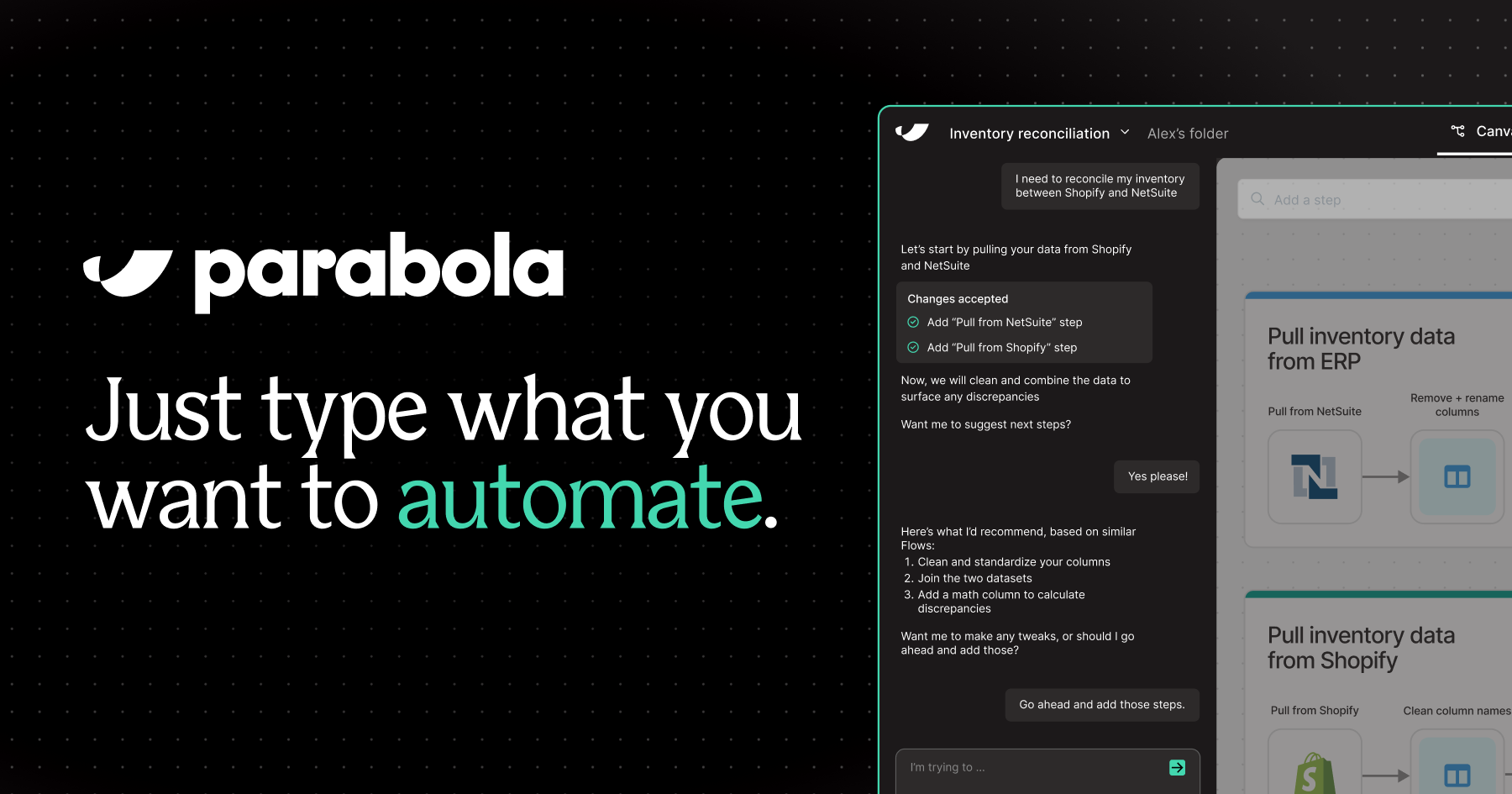Data enrichment is vital for building accurate customer and vendor records, but manual research is slow and inconsistent. Traditional approaches often involve spreadsheets and endless lookups. With Parabola, AI‑powered enrichment automatically validates, fills gaps, and refreshes datasets at scale.
Turning stale records into actionable insights
Manual enrichment often requires employees to jump between systems, copy‑pasting values, and running external checks. This isn’t just tedious — it creates inconsistencies, delays, and makes real‑time reporting impossible. Worse, decisions based on incomplete records can lead to missed revenue opportunities or poor supplier performance tracking.
AI enrichment transforms this by continuously syncing with third‑party data sources, verifying information, and appending missing details in real time. It flags anomalies, reduces duplicate entries, and ensures every record aligns to a single source of truth. The result: sales, operations, and finance teams can trust the data they rely on daily.
With Parabola, enrichment is no longer a one‑off project. It becomes an automated, always‑on system that scales with your business and keeps your datasets fresh.
Don’t waste hours on manual lookups — automate enrichment with Parabola.
